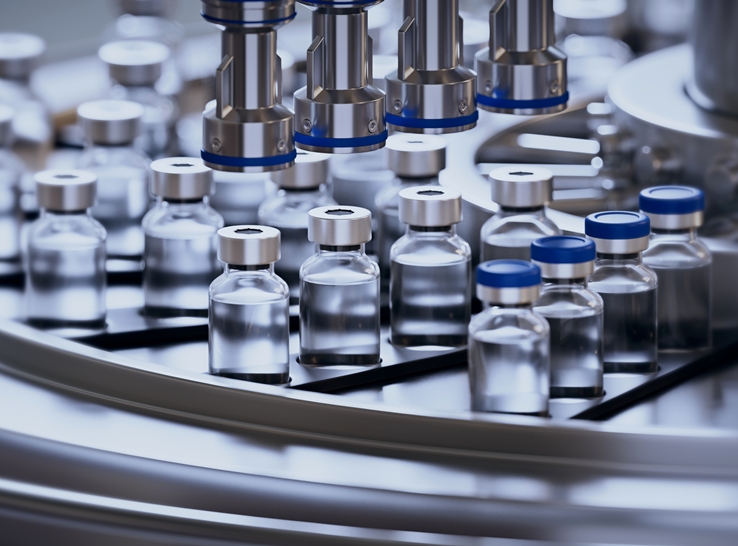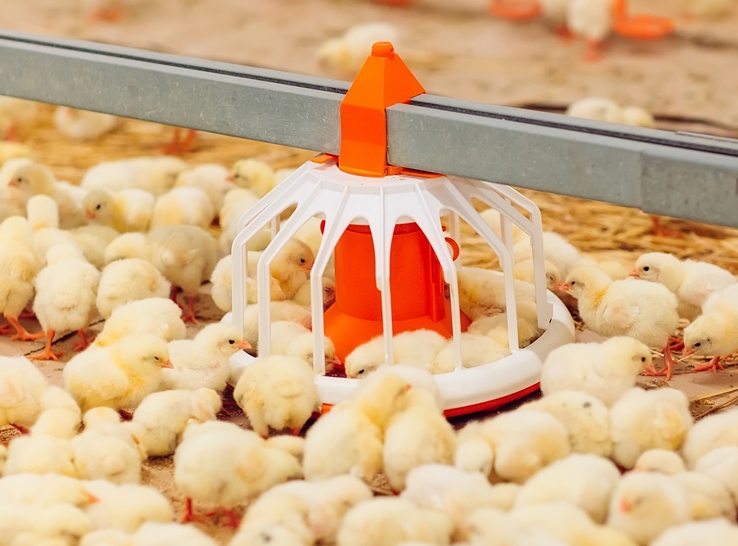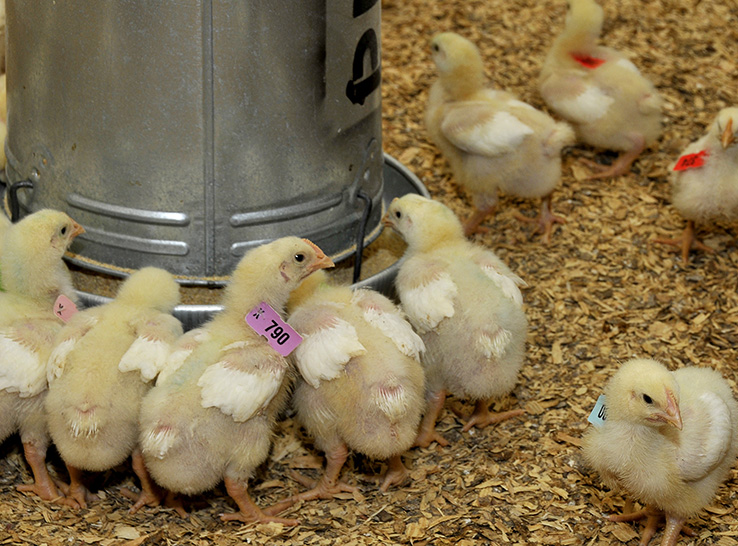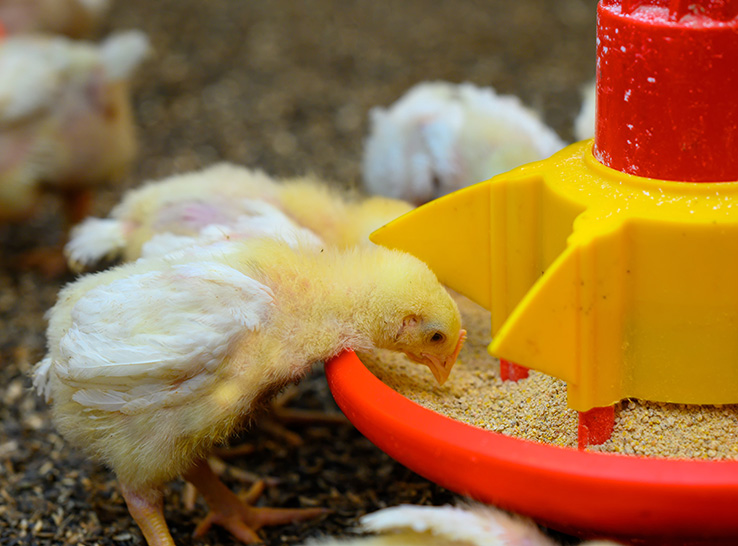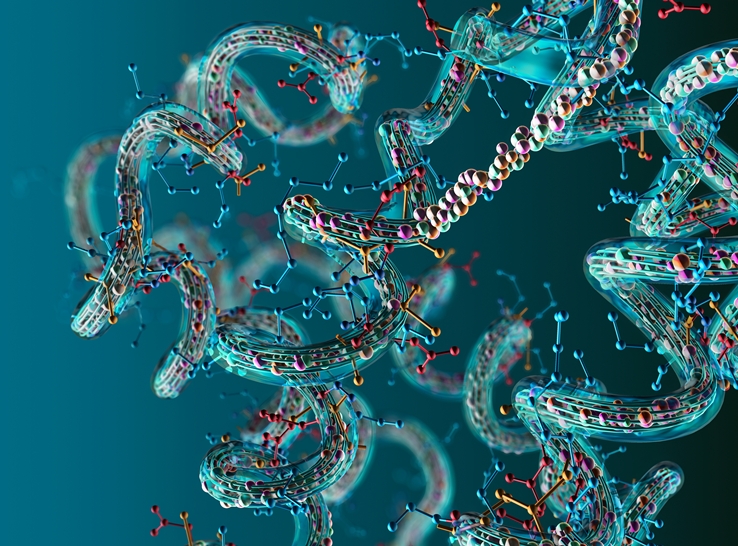Scientists have uncovered a new pathway to address the challenge of managing broiler breeder feed intake to achieve a more optimal balance of growth, reproductivity and welfare.
The opportunity lies in a fresh approach to feeding strategy — utilizing a probiotic and diet treatment — that helps the birds feel more satisfied on less feed, thereby reducing the need for feed restrictions, according to research presented by Nikolas Faust, graduate student, Texas A&M University, at the 2024 International Poultry Scientific Forum.
“We’ve identified a probiotic and diet treatment that shows excellent promise,” Faust said. “It opens the door to a new approach to this issue — one that allows for slower, more controlled growth, enabling more optimal outcomes.”
Seeking a new pathway
The core challenge stems from the evolution of broiler breeders, which has reached the point where a delicate balance is required to manage these birds effectively while remaining aligned with rising welfare expectations, Faust said.
“During intensive selective breeding that has created the broiler breeder as we know them today, there has become a sharp tradeoff between growth and reproductive performance,” Faust said.
“This leads to a need to implement strict, significant feed-restrictive programs to maintain reproductive standards.”
However, Faust noted that while feed-restrictive programs are effective, they have raised welfare concerns. For example, they are viewed negatively when considered under the evaluation criteria established by the Farm Animal Welfare Council.
“With feed restriction increasingly under scrutiny, we’ve seen a need for a different approach to reduce feed intake. This has led to looking more closely at feed satiety,” Faust said.
“We’ve geared our research to answer the question: If we can’t feed these birds with more, could we make them more satisfied with less?”
Influencing the signaling system
Faust has addressed this question by focusing on the endocannabinoid signaling (ECBS) system. He and his colleagues have learned more about the impact of probiotics on appetite, including how these probiotics operate within the complex biological controls of growth and feeding behavior.
The ECBS represents a set of core receptors that bind specific ligands, along with a wide array of cross-talking receptors and associated ligands, Faust explained.
“The ECBS fine-tunes the messaging and response between peripheral nervous system input, visceral signaling and central nervous system interpretation.” Among many implications, it influences signals involved in appetite, including feeling full.
“A feature of the ECBS is that active ligands are made on demand and rapidly destroyed. This type of signaling allows for a dynamic response to dietary intake, perceived hunger and metabolic capability.”
Faust and his colleagues sought to identify candidate dietary ingredients and strategies that could help broiler breeders feel satisfied sooner.
Finding the right combination
They settled on an approach that involved using two components. The first component was a standard dietary reformulation — a high-oleate (OL) diet — that would shift dietary fatty acids to favor ligands that activate receptors associated with feeling satisfied.
The second component was a probiotic known to influence appetite: a modified probiotic strain of Eschierichia coli Nissle 1917.
In their first set of experiments, the researchers found that administering the high-OL diet and an anorexigenic (appetite-reducing) probiotic decreased feed intake by up to 29%.
Next, they designed an experiment to determine whether this appetite-suppressive effect would persist with birds raised in floor pens. In this study, the researchers placed 200 day-of-age breeder pullets from each of two commercial strains in 3’ X 3’ floor pens for 21 days.
The researchers randomly assigned the chicks by breed to one of four groups with similar starting bodyweights. Fifty chicks of similar starting bodyweights were randomly assigned to each treatment, with 10 replicates and five chicks per replicate, Faust explained.
Treatments were combinations of conventional or high-OL diets with or without the probiotic, with dietary OL bolstered by adding a high-OL soil in place of traditional soil.
Probiotic dosing occurred at a rate of 1 mL per day per bird at a concentration of 58 times colony-forming units per mL.
The researchers used bodyweight gain and feed intake to measure fullness. Specifically, they collected samples of liver and intra-abdominal fat to assess bodyweight gain.
Promising results
Taken together, the performance data and effects-testing results revealed that combining a probiotic and high-OL diet resulted in a lower spontaneous feed intake and a slower rate of gain compared to the conventional diet paired with the same probiotic.
Interestingly, the researchers noticed a significant breed effect across broiler strains. “If the diet is not OL-focused, then the probiotic’s innate growth-promoting effects would increase consumption, the level of which depends on strain genetics,” Faust added.
“While the high-OL diet with the probiotic achieved the desired slower, controlled growth, a conventional diet in conjunction with the probiotic resulted in a significant increase in feed intake,” Faust concluded.
“Our results showed there is potential to use this dietary and probiotic approach to fine-tune a more optimal feeding behavior,” he said.

